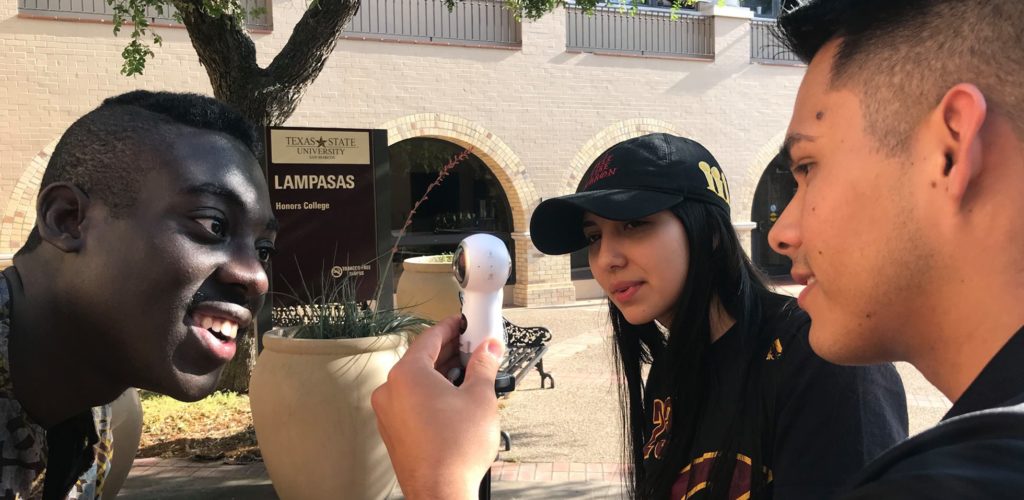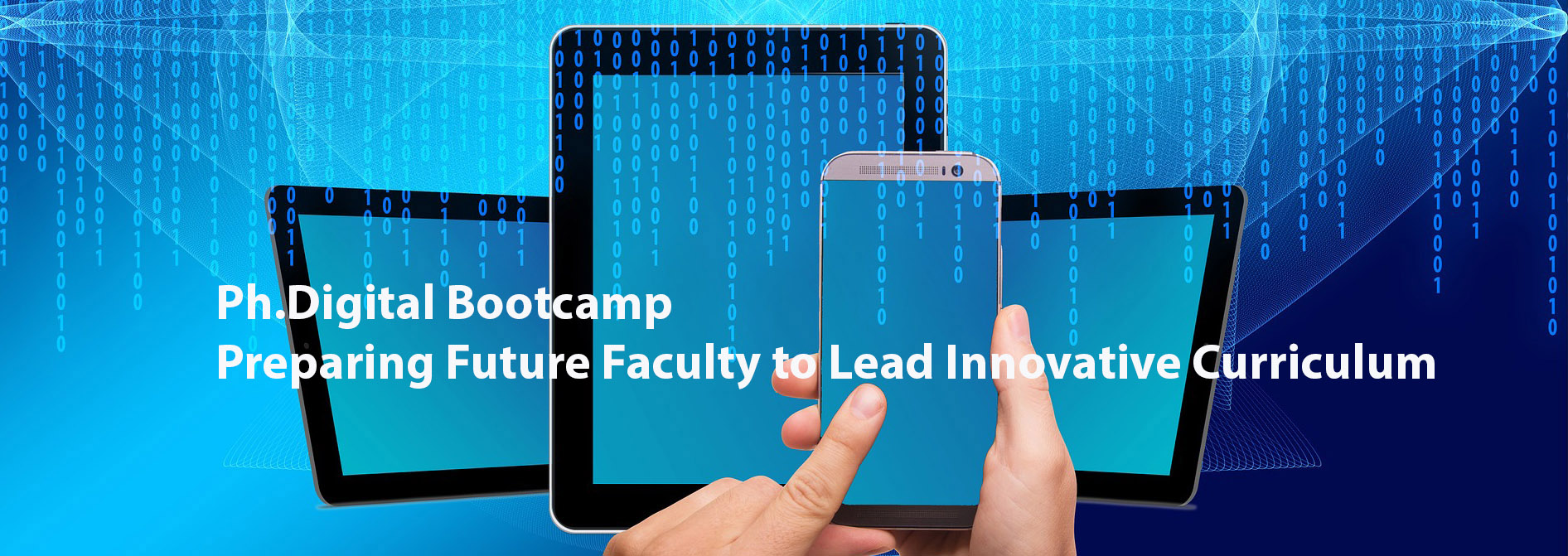
Instructor: Jon Zmikly
Week of May 4
Description
In this module, we will explore some exciting advances in the media industry today surrounding virtual, augmented and mixed reality.
Objectives
- Understand the different types of immersive storytelling
- Evaluate projects using immersive storytelling techniques
- Comprehend social and ethical issues associated with immersive storytelling
- Prepare for the in-person 360-video/VR segment
As we’ve learned so far throughout the PhDigital Bootcamp, the Internet and digital technology have had a tremendous effect upon legacy media companies, both in organizational structure and in content delivery. By and large, this provided many new opportunities for media companies to connect with their audiences and tell effective stories.
While immersive and 3D experiences have existed for years, they have only recently enjoyed success as viable storytelling options for journalists and media practitioners. Thanks to the rapidly growing mobile industry and advanced, affordable camera and software options, the barrier to entry into these spaces for media organizations is quickly eroding. Plus, as digital media titans like Google and Facebook invest in this new storytelling platform, immersive experiences are quickly becoming mainstream.
Hello in VR!
Before we get started with this week’s content, we wanted to say a quick “Hello in VR” from the Media Innovation Lab at Texas State University! Watch the 360º video below to take a look at some of the equipment and hear about some of the pedagogy behind Jon Zmikly’s VR and 360º Video Course!
Virtual Reality
As discussed in the video above, virtual reality (VR) refers to any computer-aided technology that allows users to feel like they are in a different environment than their actual reality. The onset of digital and mobile technology has brought with it new apps and devices that can deliver much more believable and “real” immersive experiences than ever before. VR can be created using computer-generated programs such as Unity or 360º cameras. NASA, for example, built a physics-based virtual experience of Mars, consisting mostly of computer animation and digital renderings of the red planet. Other examples range from VR gaming to powerful character-driven narratives, each of which brings its own unique set of opportunities and challenges.
Experience VR:
- From your computer, or a smartphone (YouTube app) watch one of the following videos. If you are using a browser, you can use your mouse to scrub around the environment. If you are using the app, you can move your smartphone around to explore.
- After Solitary — Go inside the Maine State Prison to hear the harrowing story of Kenny’s time in solitary – how he coped, “fished” contraband to other inmates and fought guards during cell extractions – and what happened when he got out.
- The Displaced – War has driven 30 million children from their homes. These are the stories of three of them. A New York Times immersive story on the Syrian refugee crisis.
Augmented Reality (AR)
While virtual reality experiences are meant to bring the user into another world (walking around on Mars or “attending” a concert halfway around the world), augmented reality changes (or augments) the world in which a user is already experiencing. One of the most common examples of AR is the face filters seen on Snapchat and Instagram. These experiences are widely popular due to their low barrier of entry (cross-platform, social media and smartphone ubiquity), and they allow people to interact with their environment in a way they never had before. Other examples include iOS’s recent Measure app or games like Pokemon Go, the smartphone app that allows users to find and “catch” Pokemon characters that exist in their physical space.
Thanks to software like Apple’s Reality Composer, Snapchat Lens Studio and Facebook’s Spark AR Studio, augmented reality is becoming much more accessible and shareable platform for content creation and storytelling.
Experience AR:
- Google Translate for iOS or Android – Download the app, and then use the interface to view text of any language. The app will translate it for you on-the-fly! It’s magic. And amazing.
- Quartz Brief App for iOS or Android – Open the app, and swipe left. You should see different objects to place in your real world, such as The Dragon Tower and a Tesla Model 3.
- The New York Times Augmented Reality experiences (web based)
Mixed Reality (MR)
Many experts believe the future of immersive content lies in “mixed reality”, a combination of augmented and virtual reality. In MR, a user can interact with virtual objects within their actual space. For example, the Magic Leap is a “lightweight, wearable computer that brings the physical and digital worlds together as one.” Microsoft HoloLens is another exciting platform for immersive experiences, and this industry is seeing great potential for commercial applications. Watch the video below for a demonstration on the HoloLens 2.
VR for Storytelling
Nonny de la Peña, considered the Godmother of VR, is a virtual reality pioneer and has been creating highly immersive stories for years. She is the cofounder of the Emblematic Group, one of the world’s foremost producers of virtual, augmented, and mixed reality. Nonny created the first VR piece ever at Sundance, and she believes that VR is the future of news. Watch the video below.
Discussion Assignment
This week, we’ll join a conversation on Slack with you in #immersivestorytelling about these questions:
- Between AR, VR, and MR, which do you think is more exciting, and why?
- After experiencing the VR examples provided in this module, how would you describe the experience? Was it good or bad? Did you truly feel immersed, forgetting about your actual reality, or were you still quite aware of your actual surroundings? What factors contributed to those feelings?
- After watching Nonny de la Peña’s TED Talk, do you agree with her that VR is the “future of news”? Why or why not?
- What are some potential challenges or ethical issues that might arise from these new forms of storytelling?
Also, please take the Mid-Workshop Evaluation, so we can get your feedback as we prepare for the in-person session.
